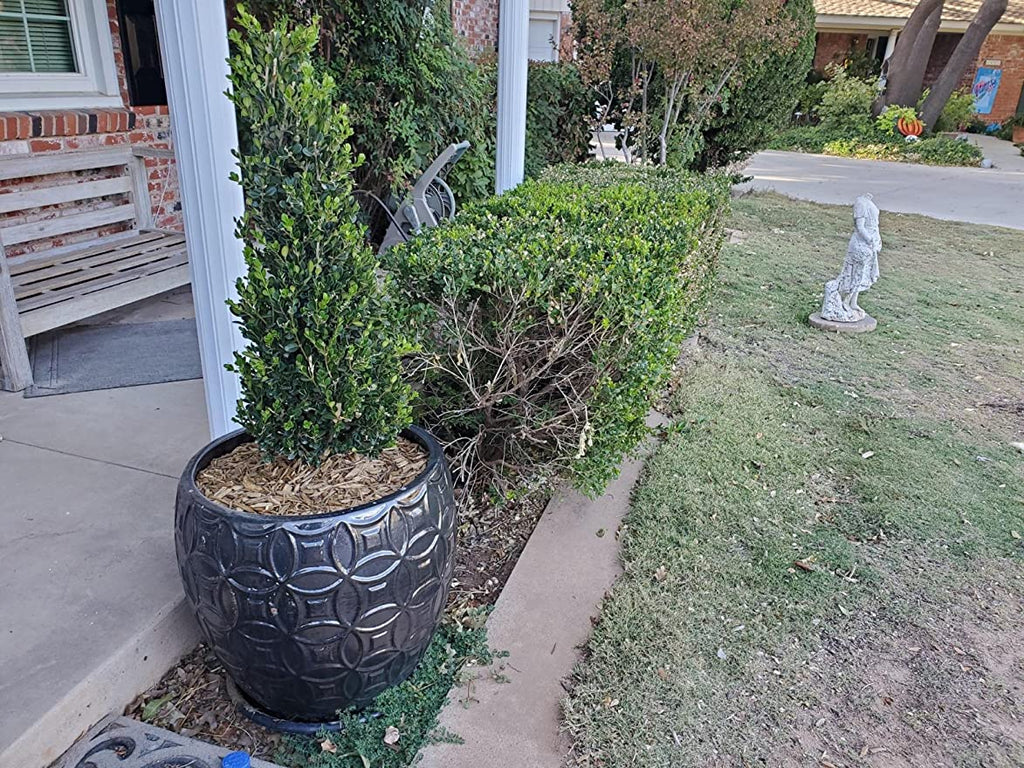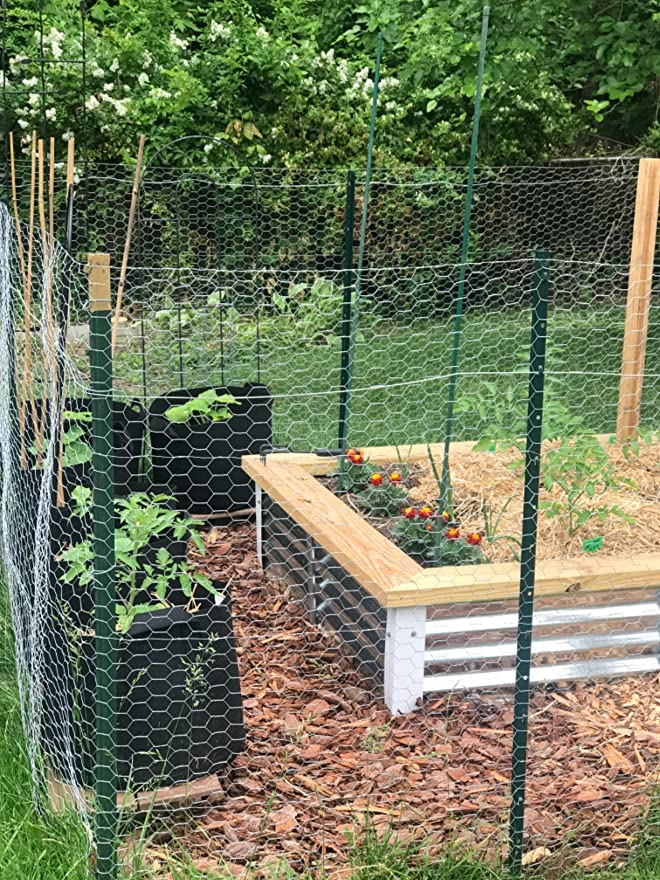Michael Jenkins | May 12
Mulching is a potent tool for the home gardener. Whether you’re growing vegetables, flowers, or just maintaining your landscaping, mulch can go a long way towards preventing or solving many garden problems. Using mulch effectively ensures that your plants and soil stay healthy with less work from you, and that you get the most out of the season.
So how can you use mulch? What’s the best way to apply mulch? What kind of mulch do you need? These are important questions, and we’ll go over them all as we explore how to mulch your garden.

What is Mulch?
Let’s start with a basic question: what is mulch? Mulch is a protective layer of organic material applied to the surface of the soil. Mulch can be used just about anywhere: open lawns, flower beds, around landscaping, in vegetable gardens, or even in containers. Mulch can be made of a wide variety of organic materials: yard waste like leaves and grass clippings, processed hardwood, shredded newspaper, cardboard, and more. It’s always best to use organic, biodegradable materials for mulch: mulch isn’t meant to last forever and in fact is a great way to enrich your soil.
What Does Mulch Do?
Mulch does a great many things when used correctly! It helps prevent weeds from taking root in your garden by both suppressing their growth and by ensuring that errant seeds never reach the soil. It helps control moisture and soil temperature by providing a barrier between the soil and the sun. It helps suppress pests as well, by denying them places to hide or direct access to your soil and the roots of your plants. Mulch can also help enrich your soil as it slowly breaks down and bio-degrades into the earth.
What Kind of Mulch Do I Need?
Well, that depends on your garden. Different plants and different spaces require different types of mulch, but the basics are pretty easy. Save the heavy commercially produced mulches–the ones made from wood chips–for trees, shrubbery, and landscaping beds. They’re meant to last a long time and while they’re good at suppressing weed growth, they can smother or stifle your veggies or flowers as well! For flowers or vegetables, a lighter mulch like straw, newspaper, cardboard, or dry leaves/yard waste is probably best.
How to Apply Mulch?
Mulching is pretty easy–applying mulch is a simple process, but there are a few things to bear in mind. As we’ve discussed, using the right type of mulch for your intended purpose is important, as it does affect plant growth. Secondly, you should prepare your soil before spreading mulch. This means removing weeds and unwanted debris, adding whatever fertilizer or soil amendments you’re using to start with, and watering thoroughly. Once all that’s done, just spread your mulch on the surface! For most applications an even layer of mulch 2-3 inches (5-8cm) thick does the job pretty well. You can apply mulch before or after planting, but if you’re putting in small seedlings it might be easier to mulch first and then put your plants in.
Speaking of planting: mulch is great, but your plants still need their own space. Try to keep mulch at least an inch (and preferably several) away from the base or stem of your plants. This prevents the mulch from stifling their growth, and allows your plants room to breathe so excess moisture doesn’t build up and provide a breeding ground for fungus or rot. Leaving some space will also make it easier to apply fertilizers or other amendments when and if they’re needed.

After that, congratulations! You’re done for now! You may need to reapply additional mulch here and there for maintenance, and you may need to put down an extra layer of mulch later in the season if your first layer starts to degrade into the soil. Other than that, just water efficiently and apply fertilizer around the base of your plants as needed!
Get Started Mulching!
We hope this guide helps your understanding of mulch and how to mulch your garden! If you’ve got any additional questions–or any tips and tricks about mulching you’d like to share–please add them in the comments or find us on social media. At Gardzen we’re all about community, and we’d love to hear from you!

Leave a comment